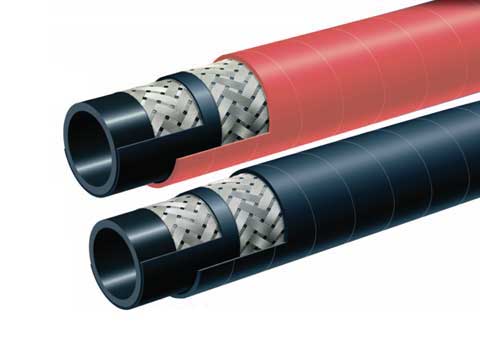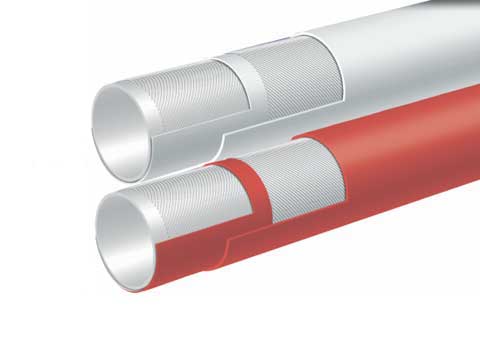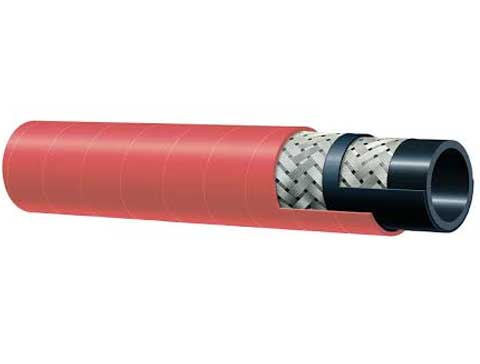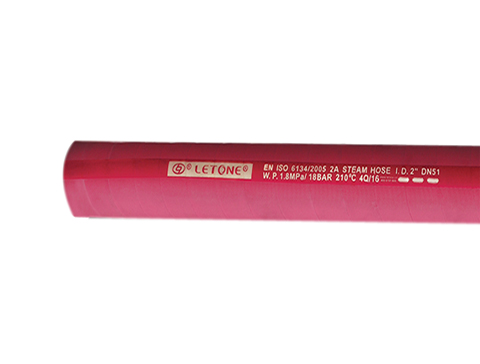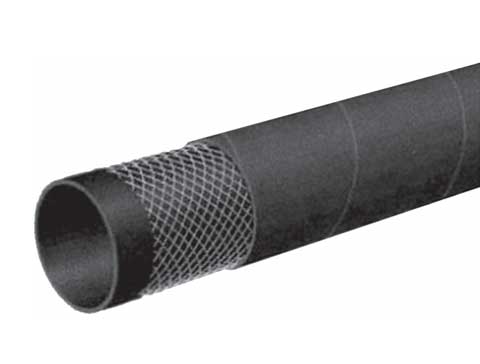Radiator hoses are an essential part of the cooling system in your vehicle. It helps transport coolant from radiator to engine at optimal temperature.
Radiator hoses consist of rubber compounds reinforced with cotton or Kevlar fibers. These fibers help to maintain the structural integrity of the hose and prevent it from ballooning under pressure.

Radiator hose: pros and cons
The radiator hose is one of the most vital parts of your car's cooling system. It carries coolant from your engine block, around the cylinders, and back through the radiator. The hot coolant is then circulated through the rest your car's cooling systems, absorbing heat from the engine as it goes.
A radiator hose of good quality will last a long time and be able to handle extreme temperatures. However, if it has been damaged by abrasion, heat, or the presence of oil contamination or electrochemical degradation (ECD), you may need to replace it.
They are also more durable and can last a long time. They are also flexible, which means they can move with less resistance than rubber hoses.
They can also withstand pressures from high rpm driving. You can get silicone hoses that have anti-collapse springs to keep them from collapsing when the engine is hot.
The silicone hoses are also more expensive than their rubber counterparts. This makes them an unsuitable choice for DIY projects on a budget and for car modifications.
Radiator hoses: How to prolong their life?
The radiator hose is a vital part of your vehicle's cooling system. It is responsible for circulating coolant from the engine to the radiator and back again, so that the engine maintains the correct operating temperature.
Designed to withstand extreme heat and pressure, these hoses are typically made of rubber with a reinforcing layer of cotton or Kevlar fibers. They are designed to last for a long time and are often rated up to eight to ten years.
Radiator hoses can fail due to a number of factors over time. The wear and tear of these hoses can be accelerated by dry air, heat, and other factors.
As a result, these hoses should be inspected at every oil change and replaced before they become too worn to safely operate. In addition, they should be inspected after any other repairs to the cooling system.
Use an engine protectant every few months to maintain the appearance of your radiator hoses. (Drying out can cause cracking). Check all hoses to see if they have any damage. This includes cracks or splits, divots and bulges.
radiator hose wire layer fault
Radiator hoses can be made from natural or synthetic rubber compounds, with Kevlar or cotton strands added to maintain their shape and stop them from ballooning when under pressure. Even high-quality hoses are susceptible to failure due to a variety of factors.
One of the most common problems is that the wire layer of a hose is cracked or broken. This is caused by excessive pressure and the constant flexing of the hose in certain areas.
The hose cover can also appear dried out and charred. This is a sign of the breakdown of plasticizers that give the hose its flexibility.
The hose may also develop cracks when it is subjected to extreme temperatures. This is a problem that can be avoided by monitoring the temperature of your engine regularly.
Another common problem is the fittings blowing off the hose assembly. This can be caused by incorrect assembly, improper lubrication, or poor coupling procedures. These issues can cause system downtime which costs your business money.

